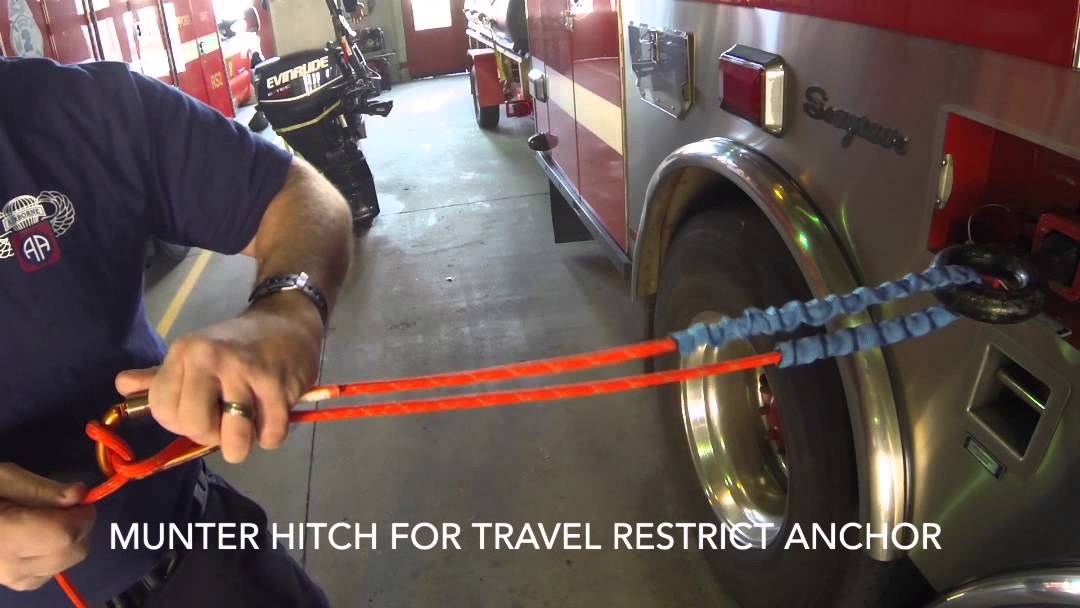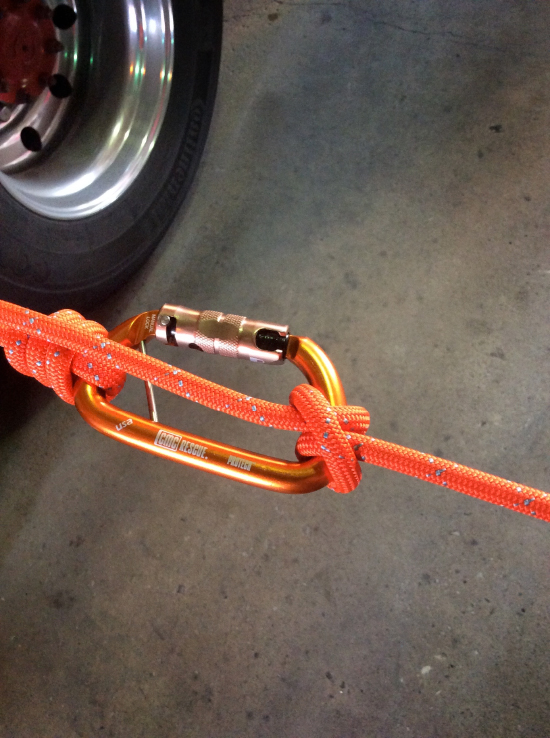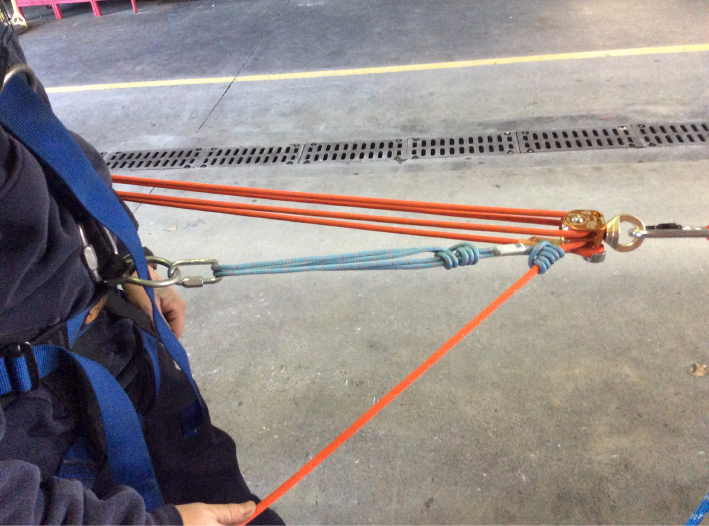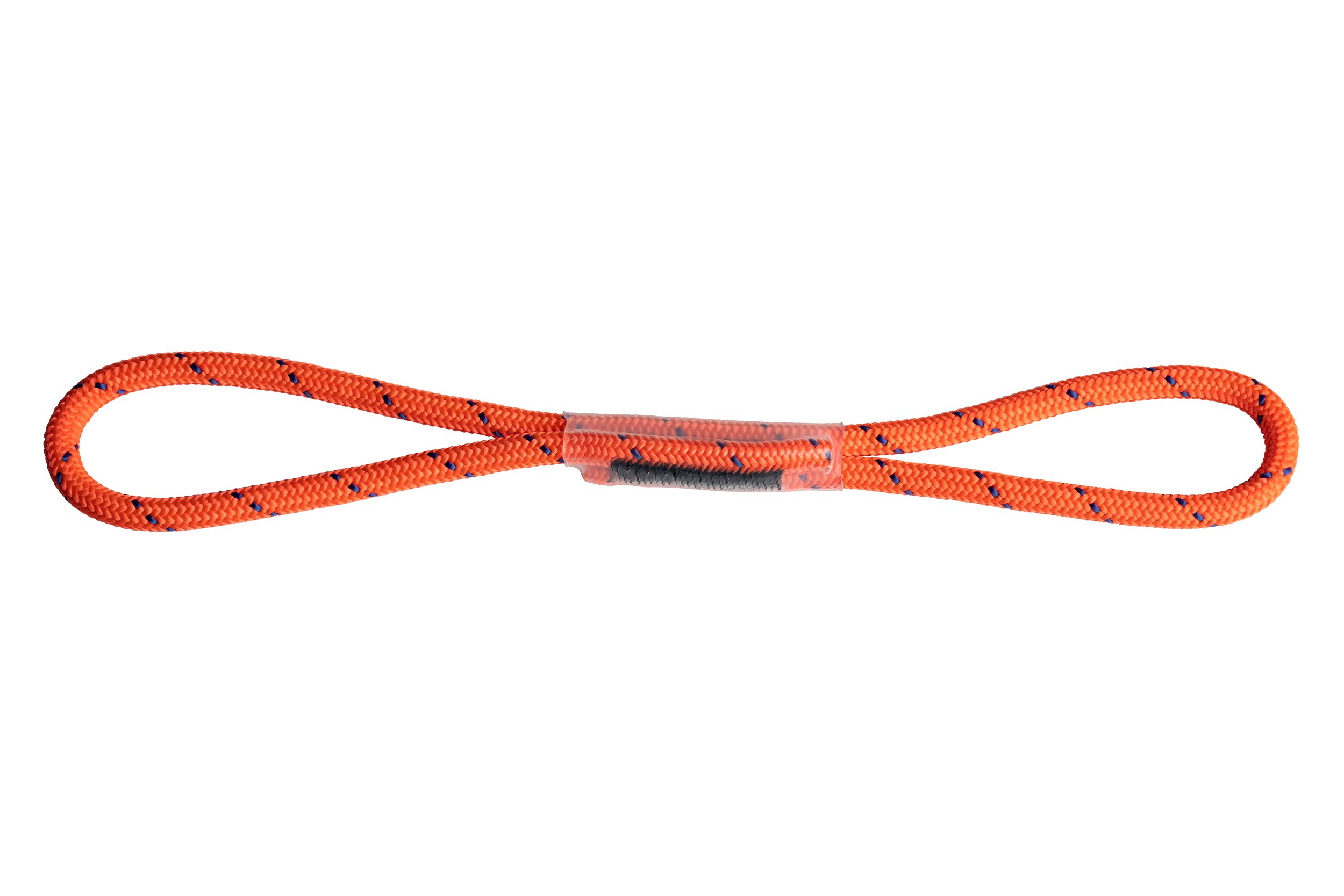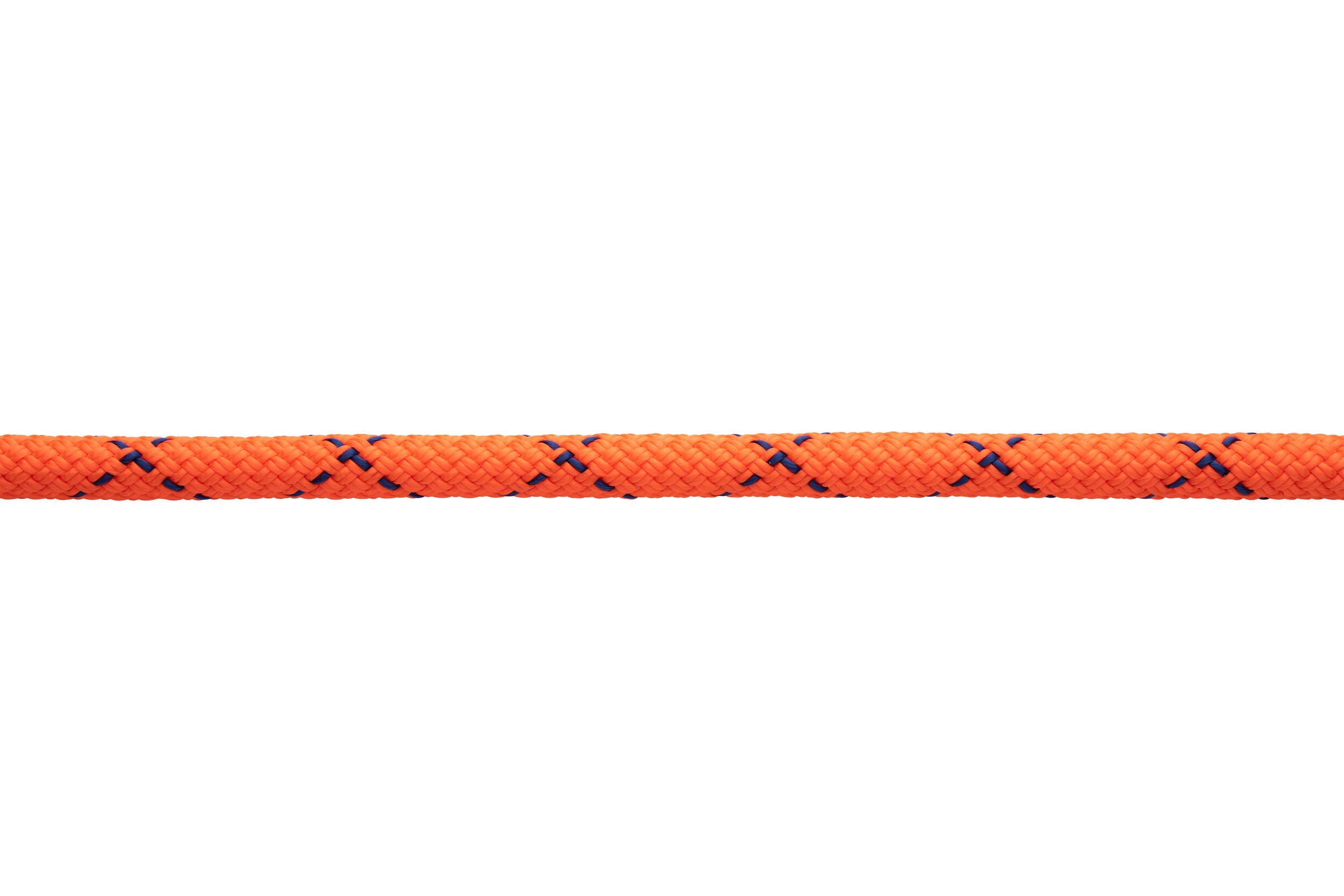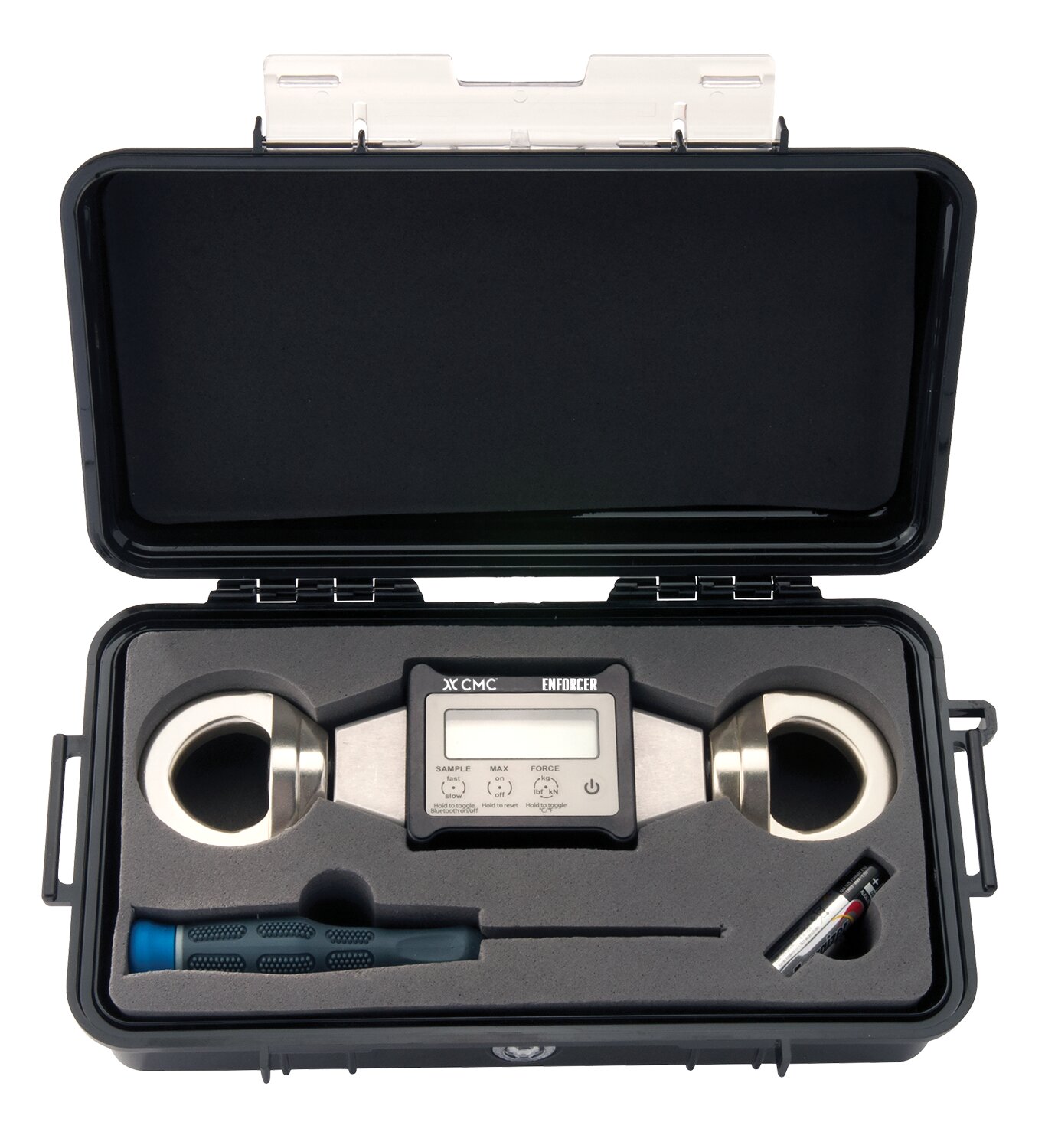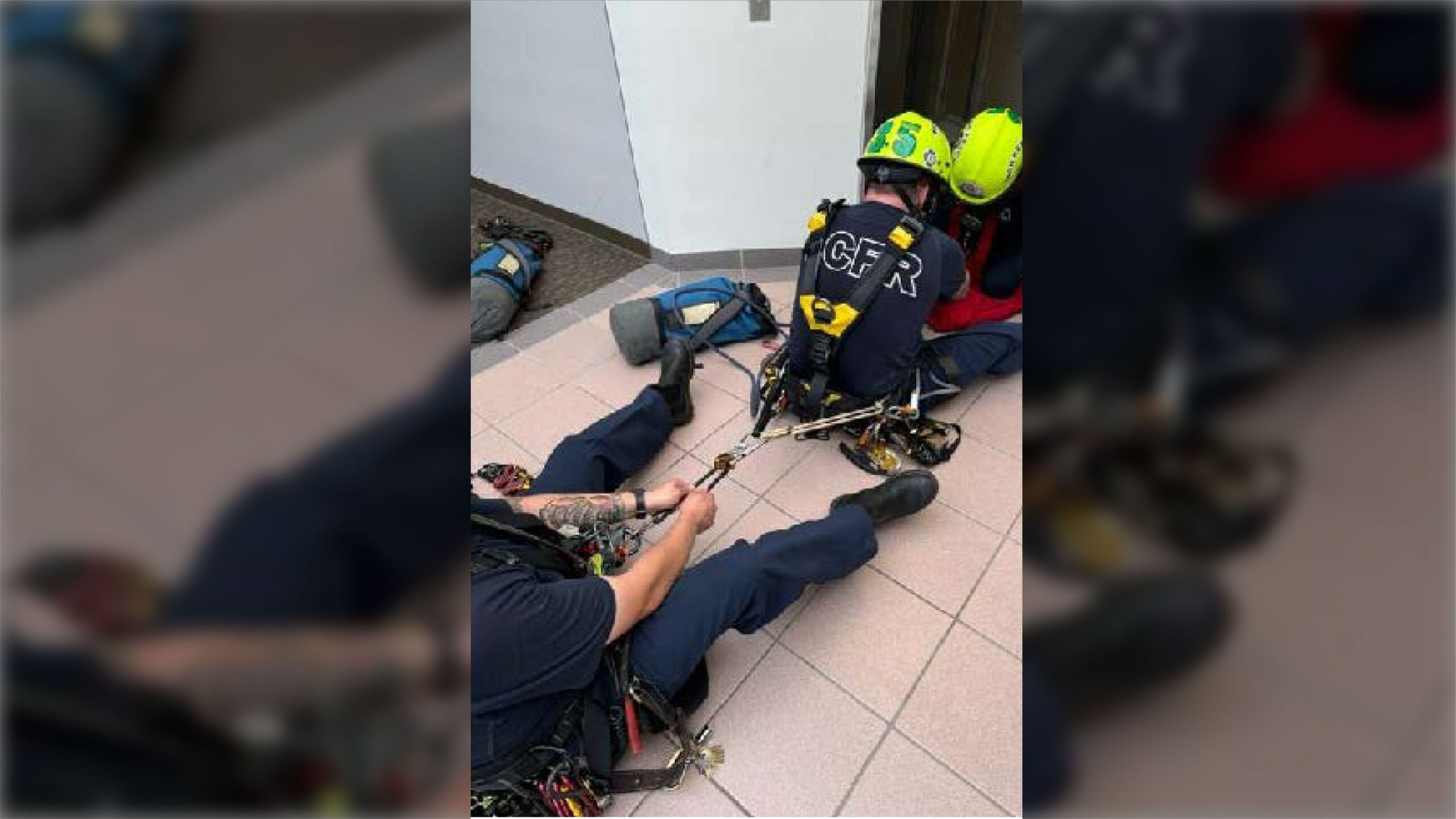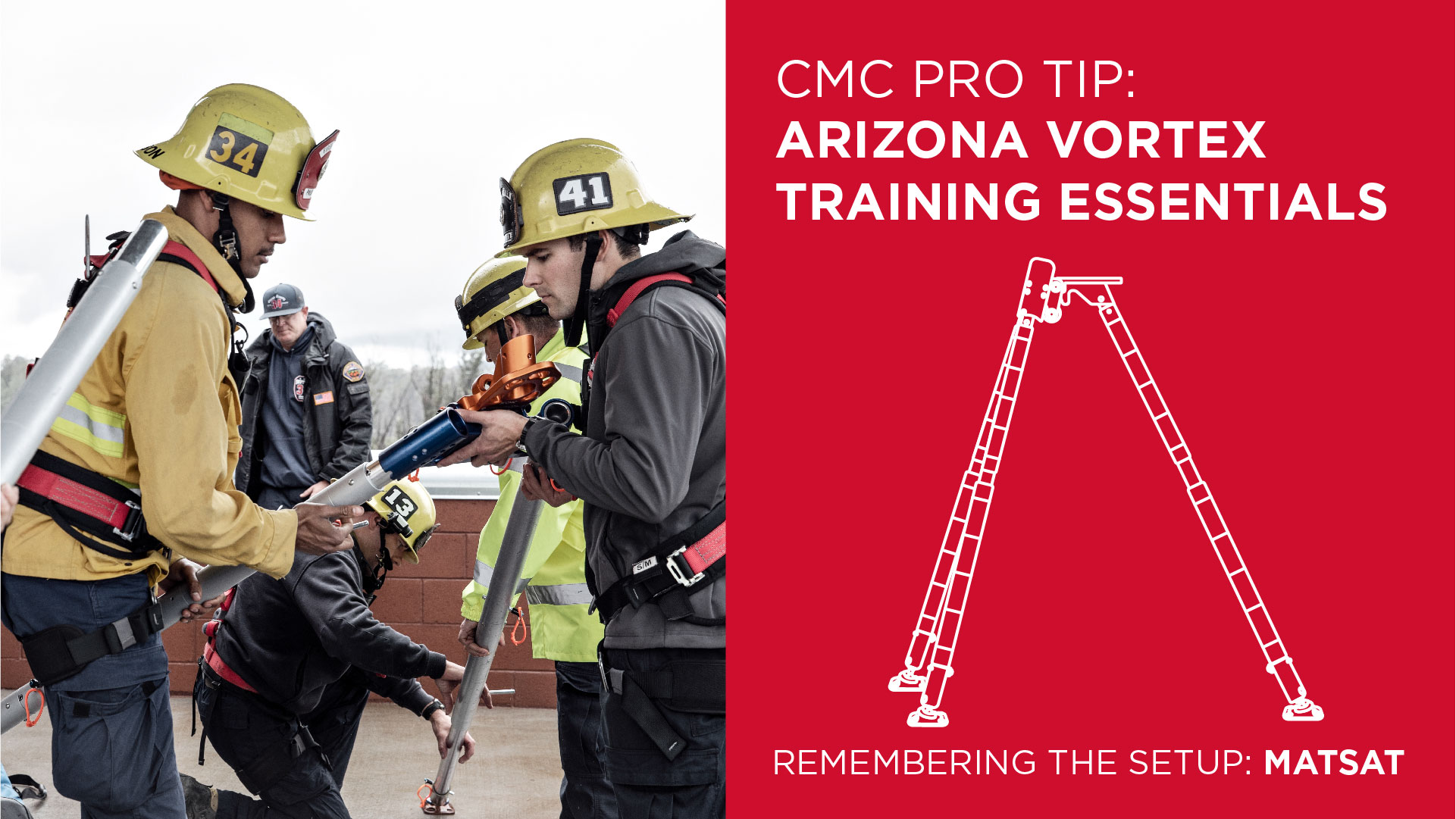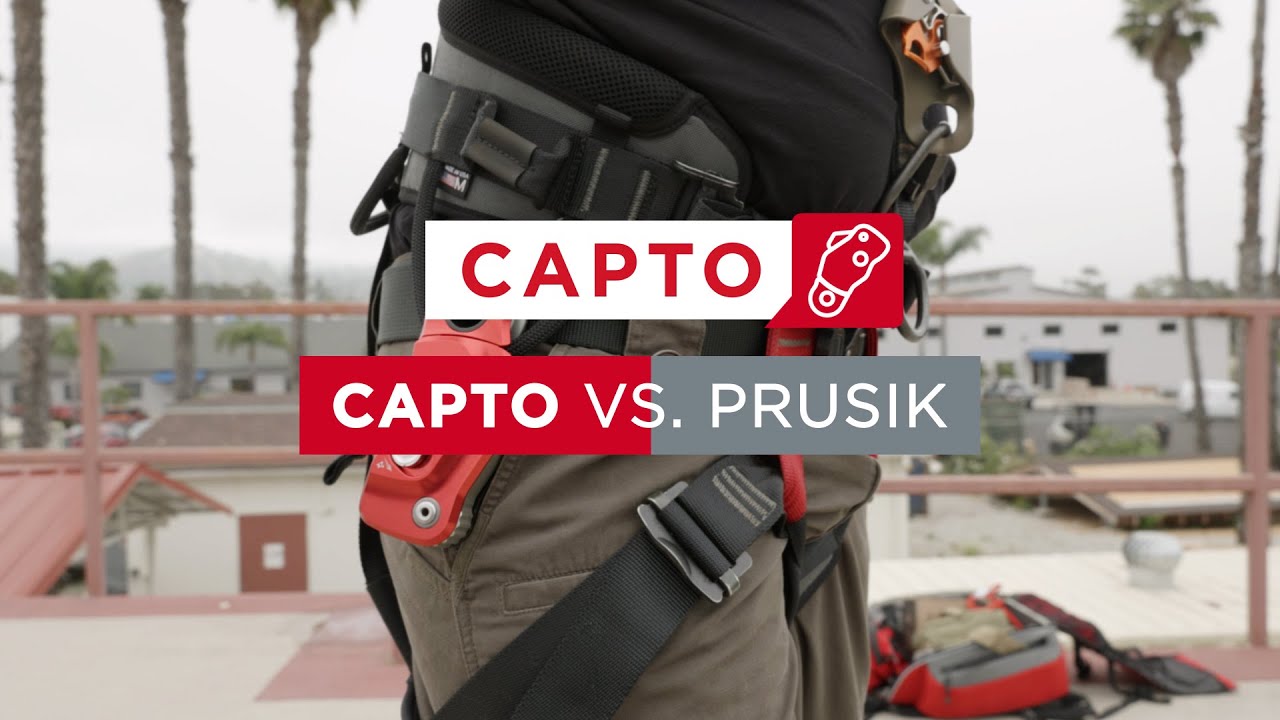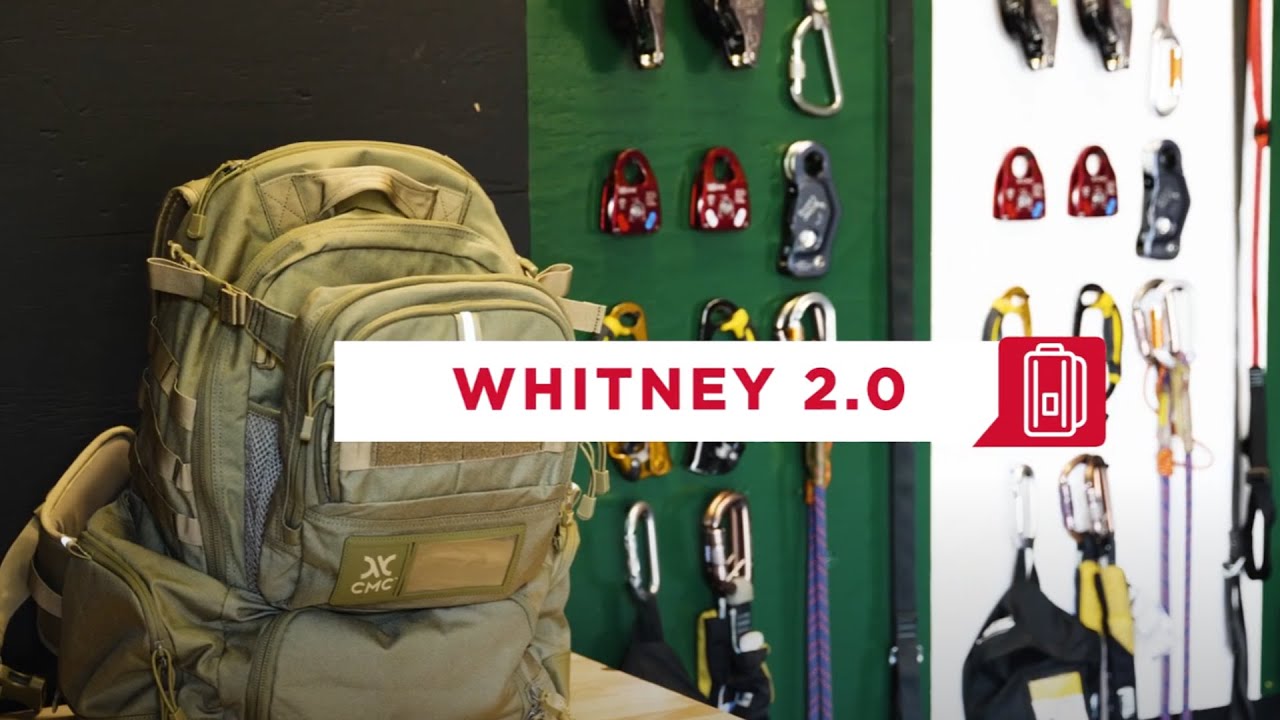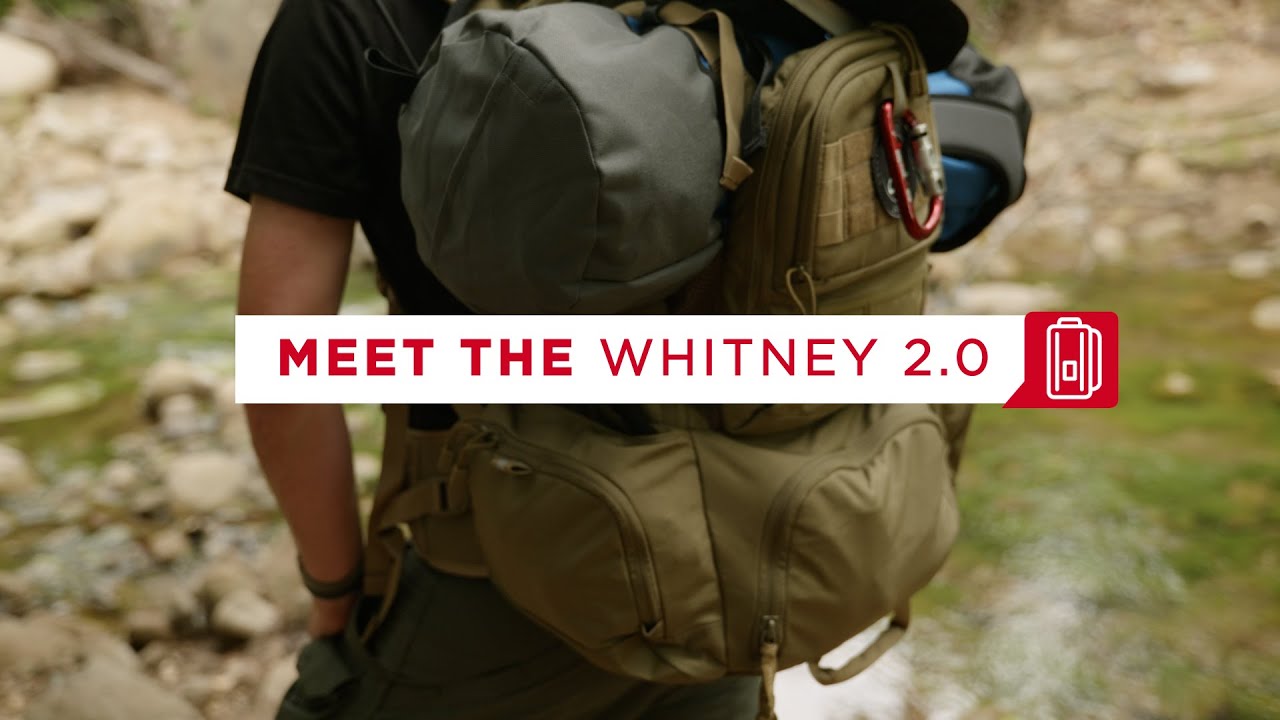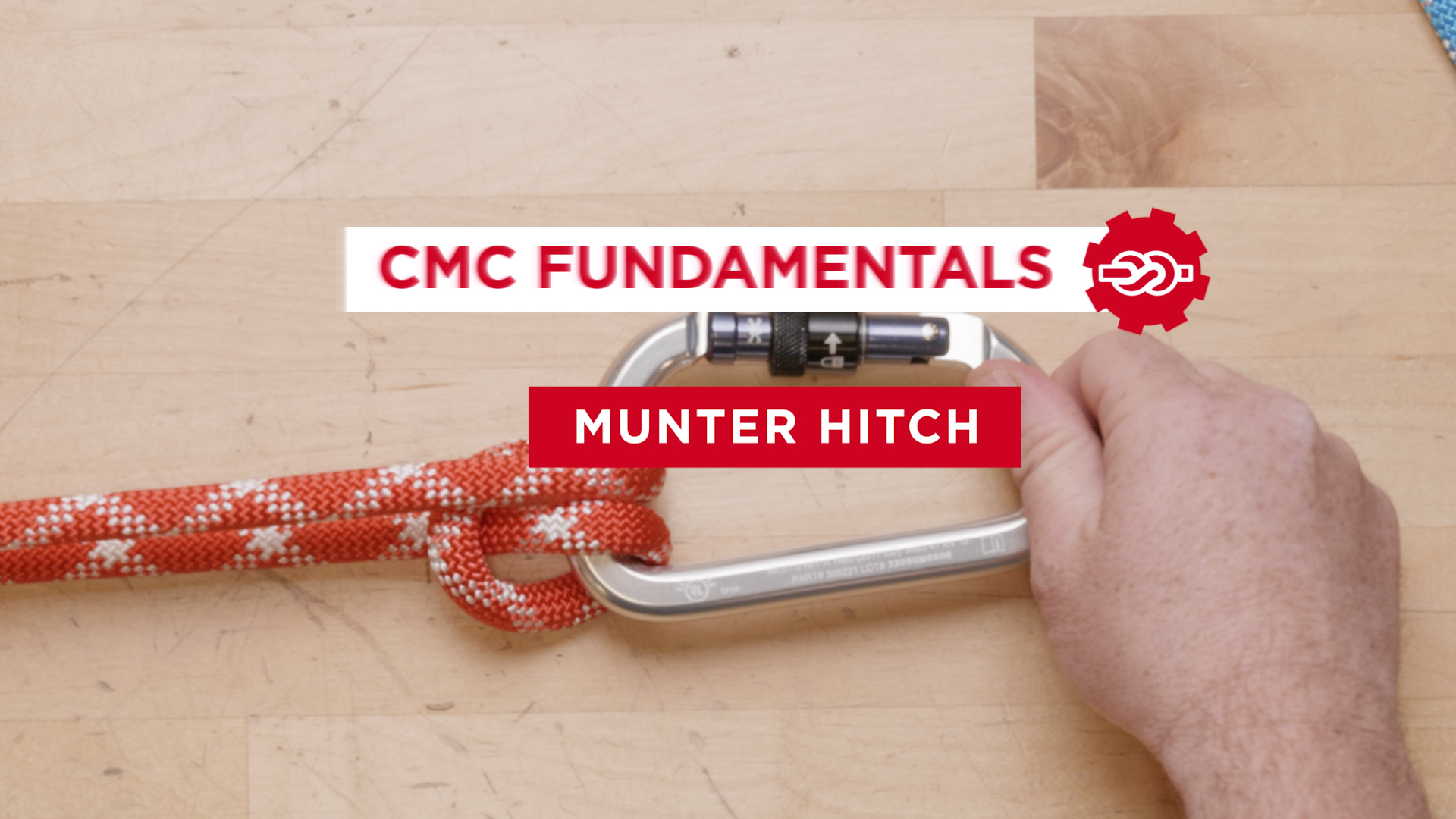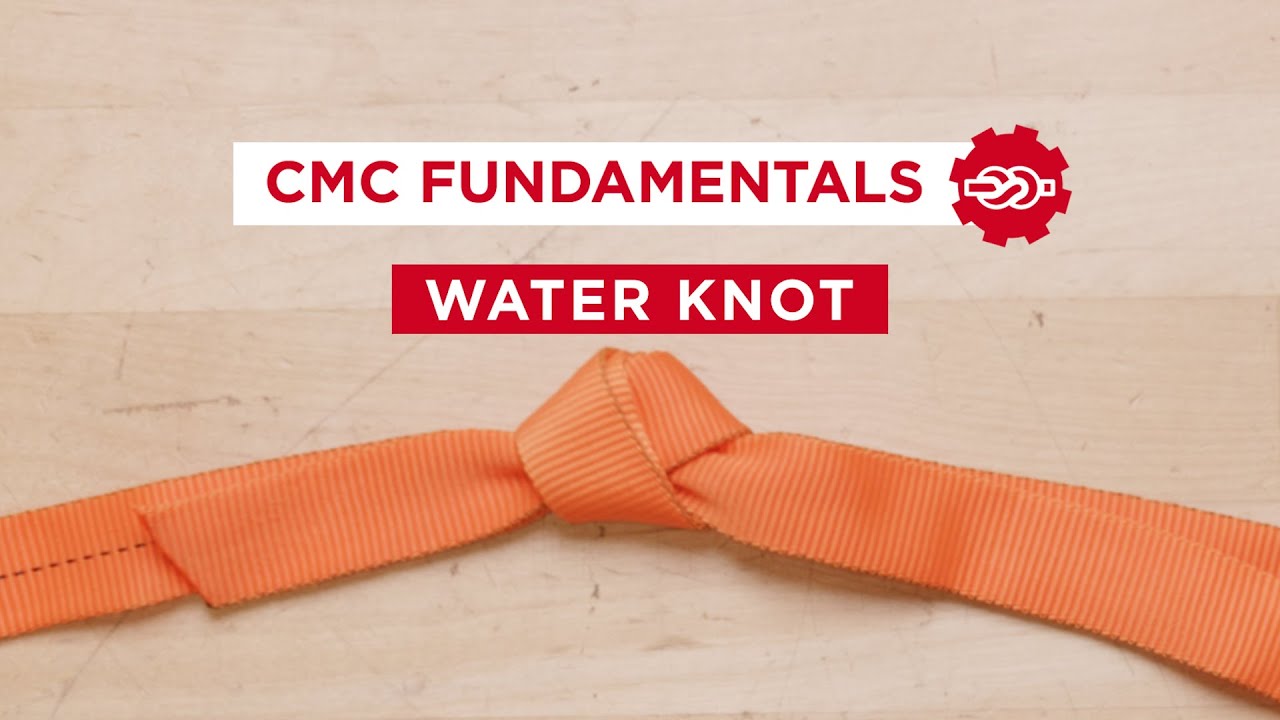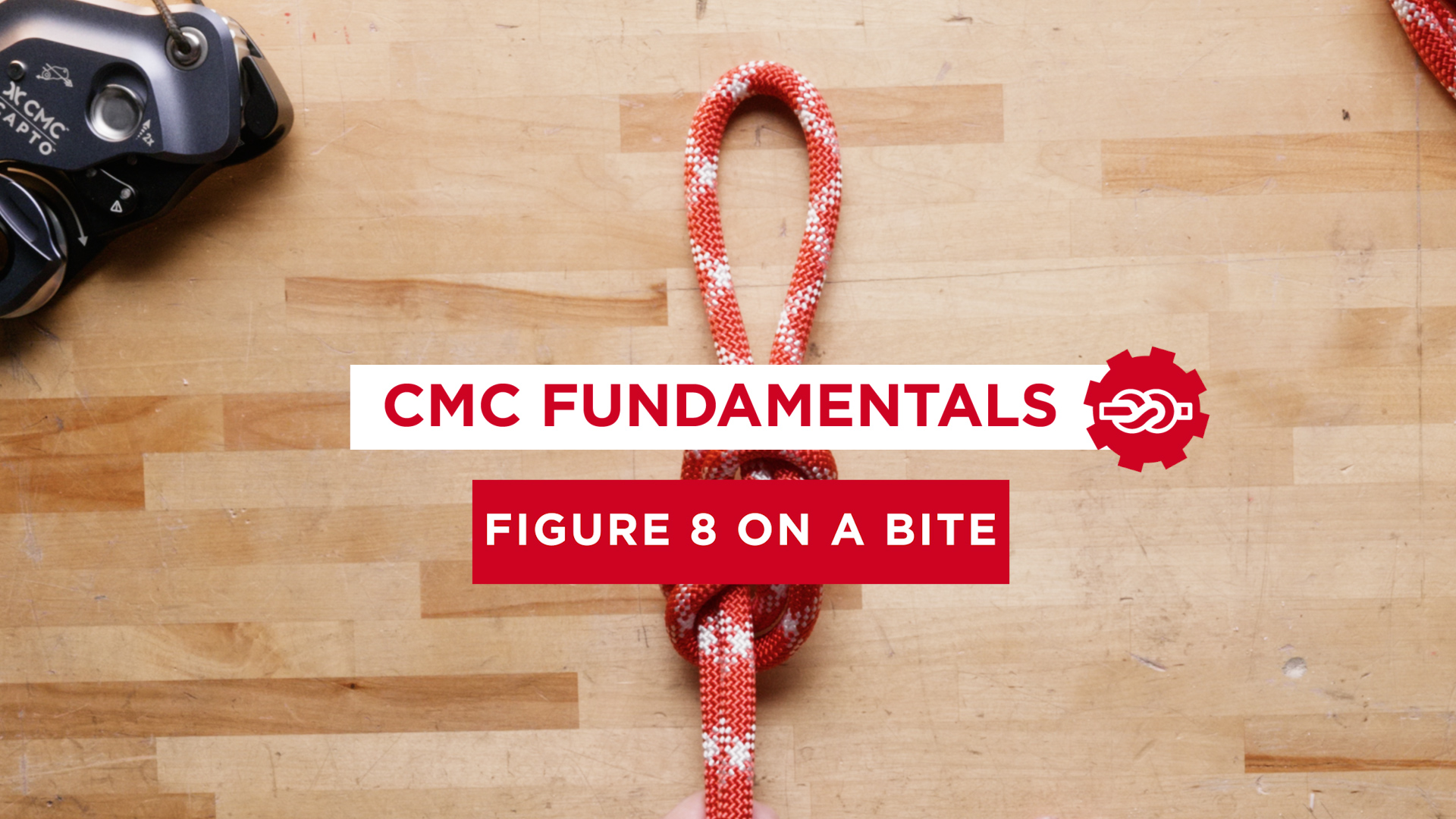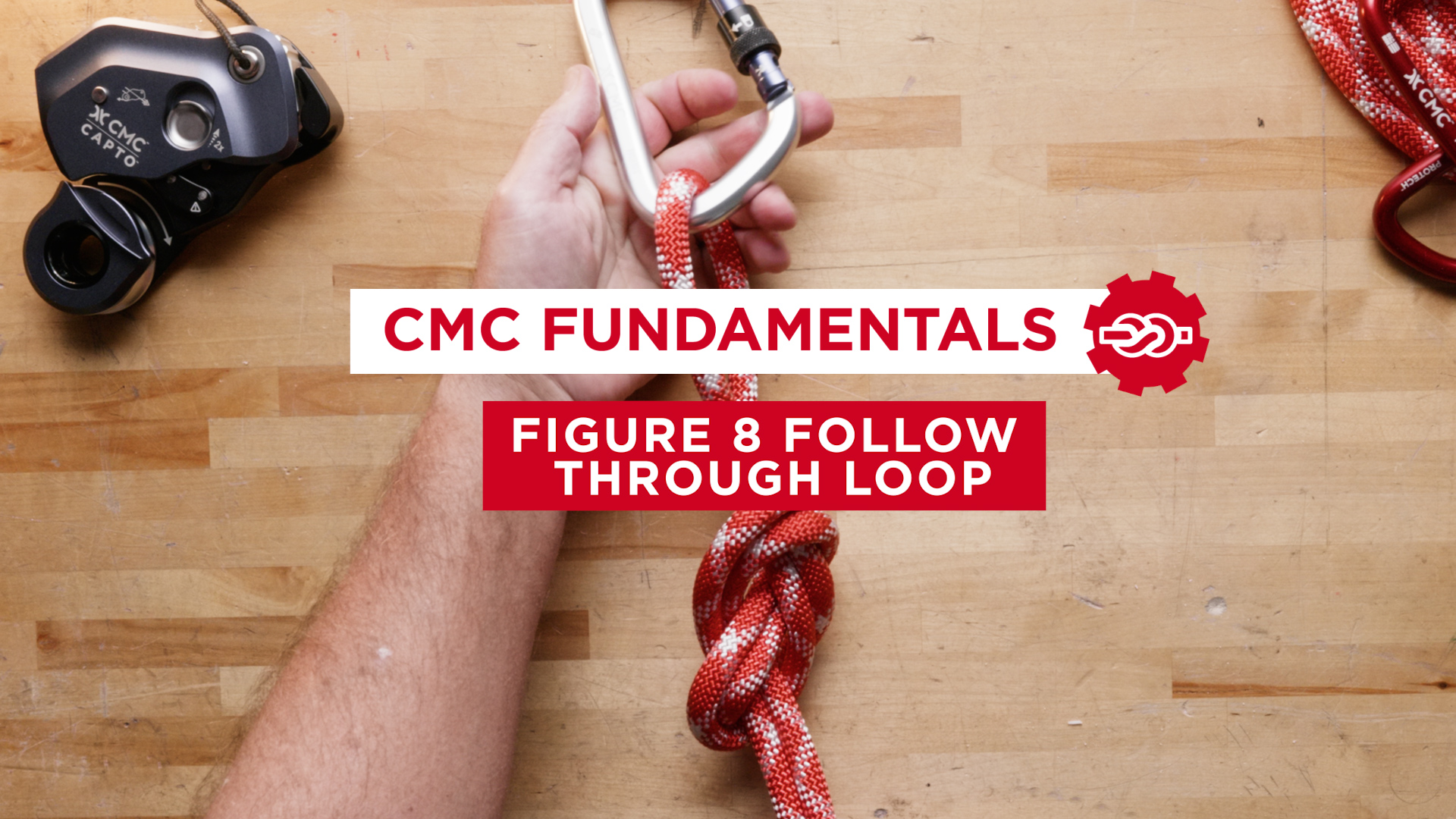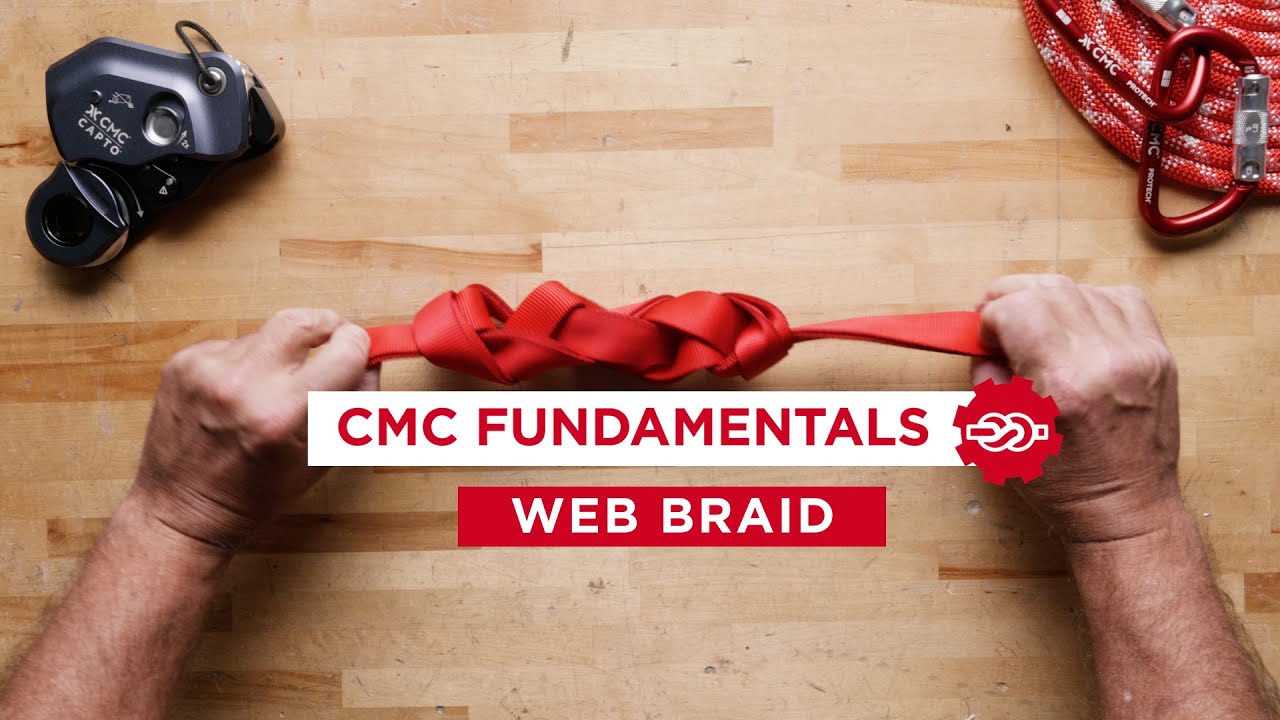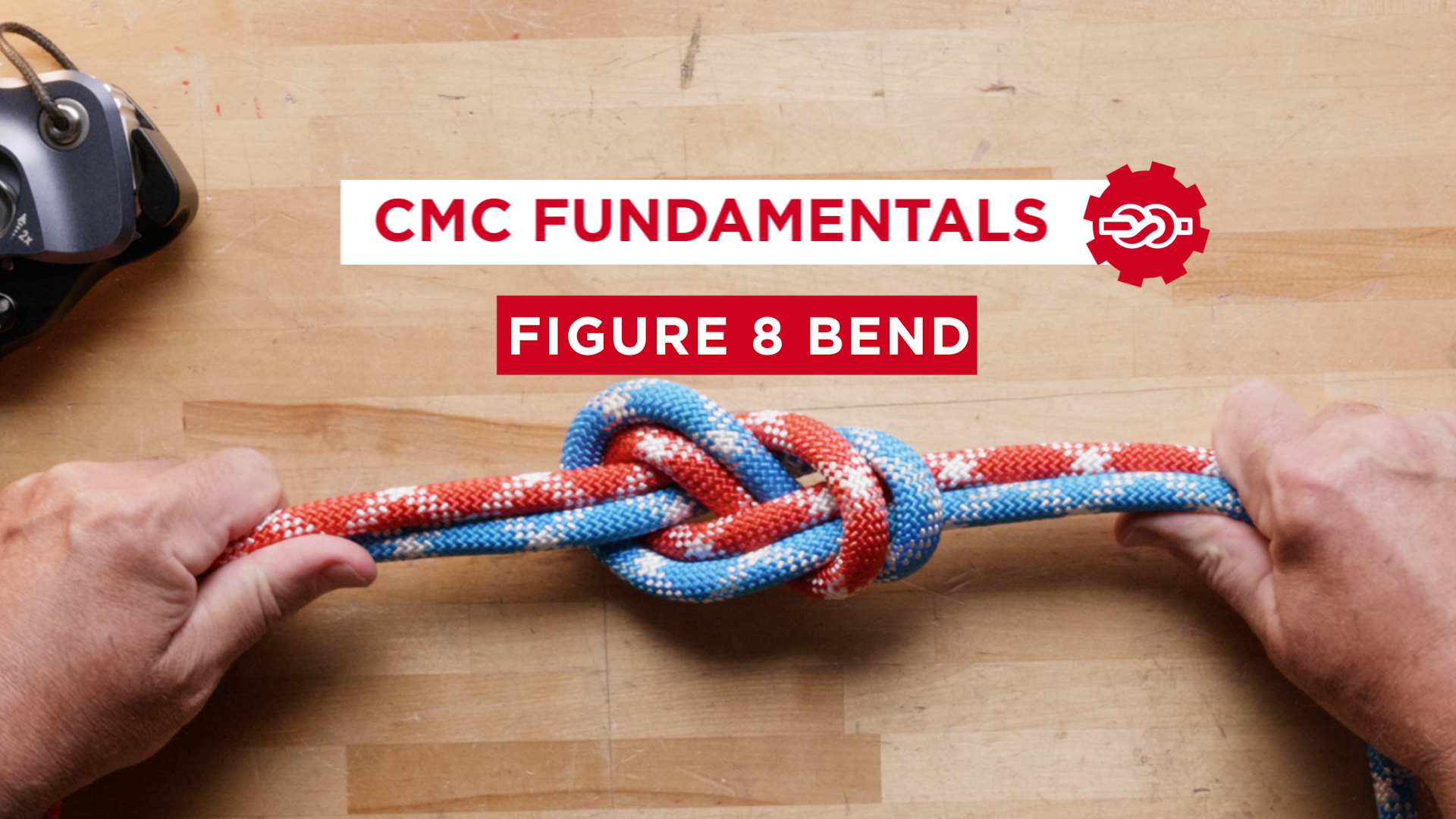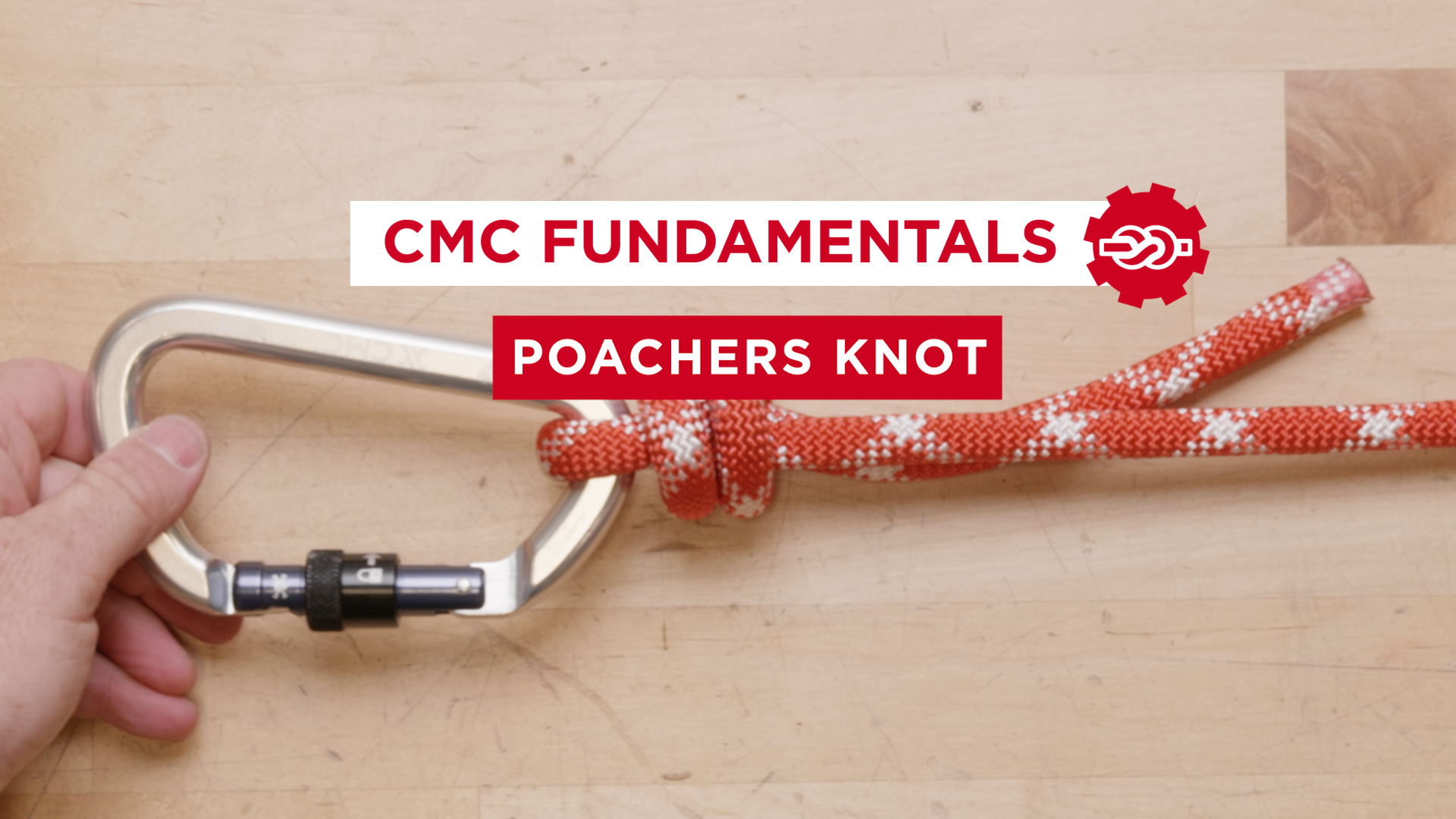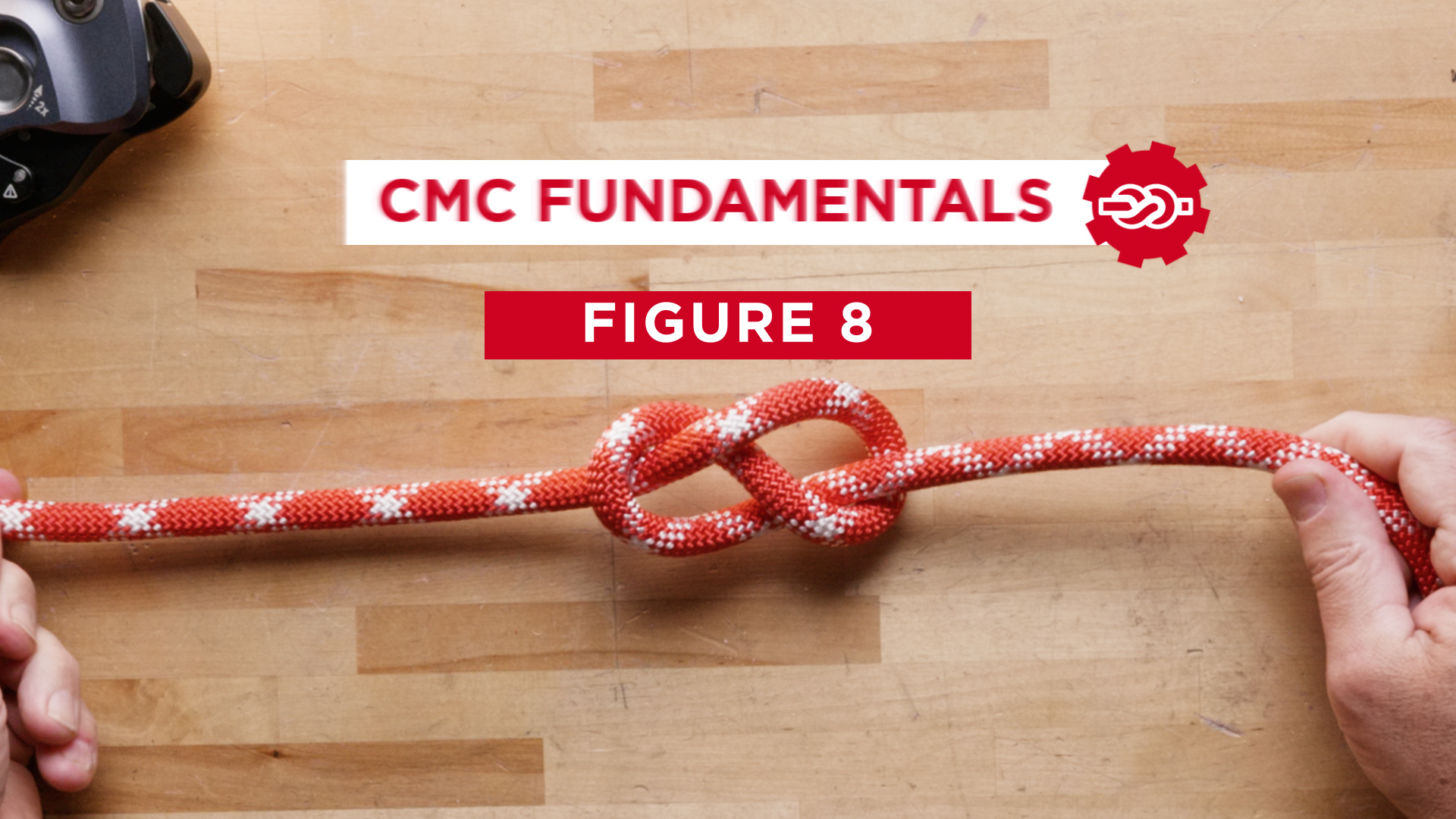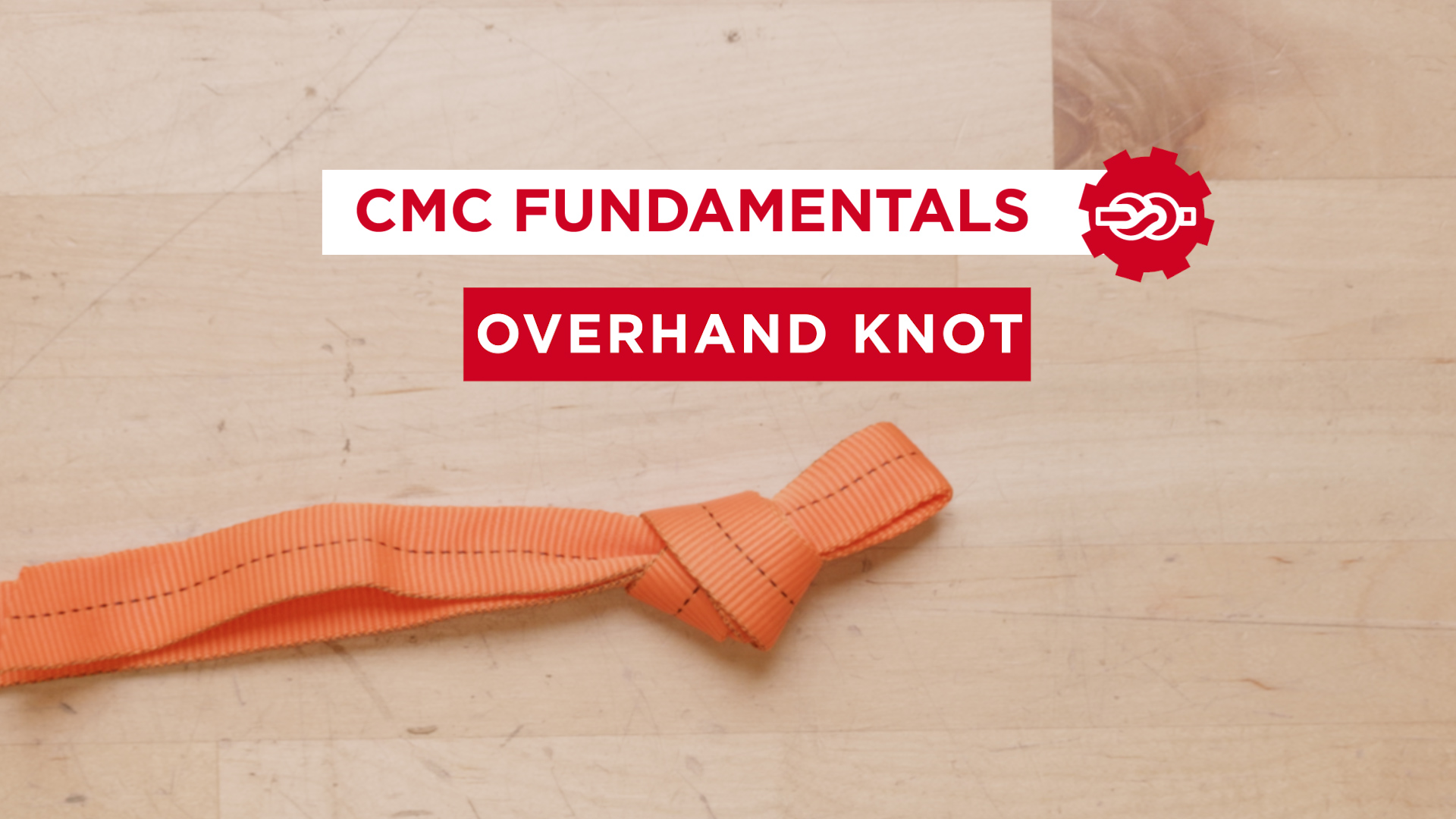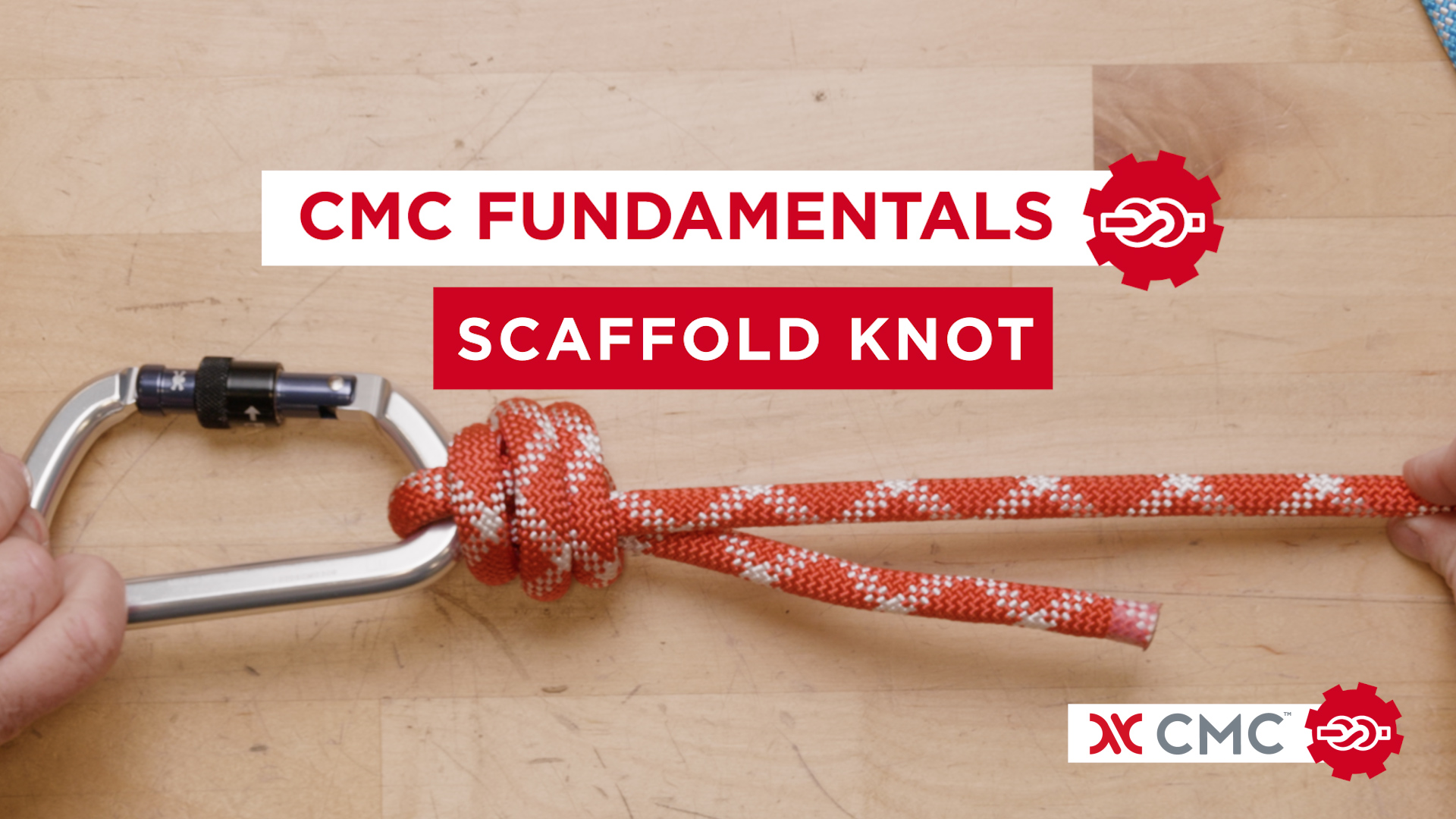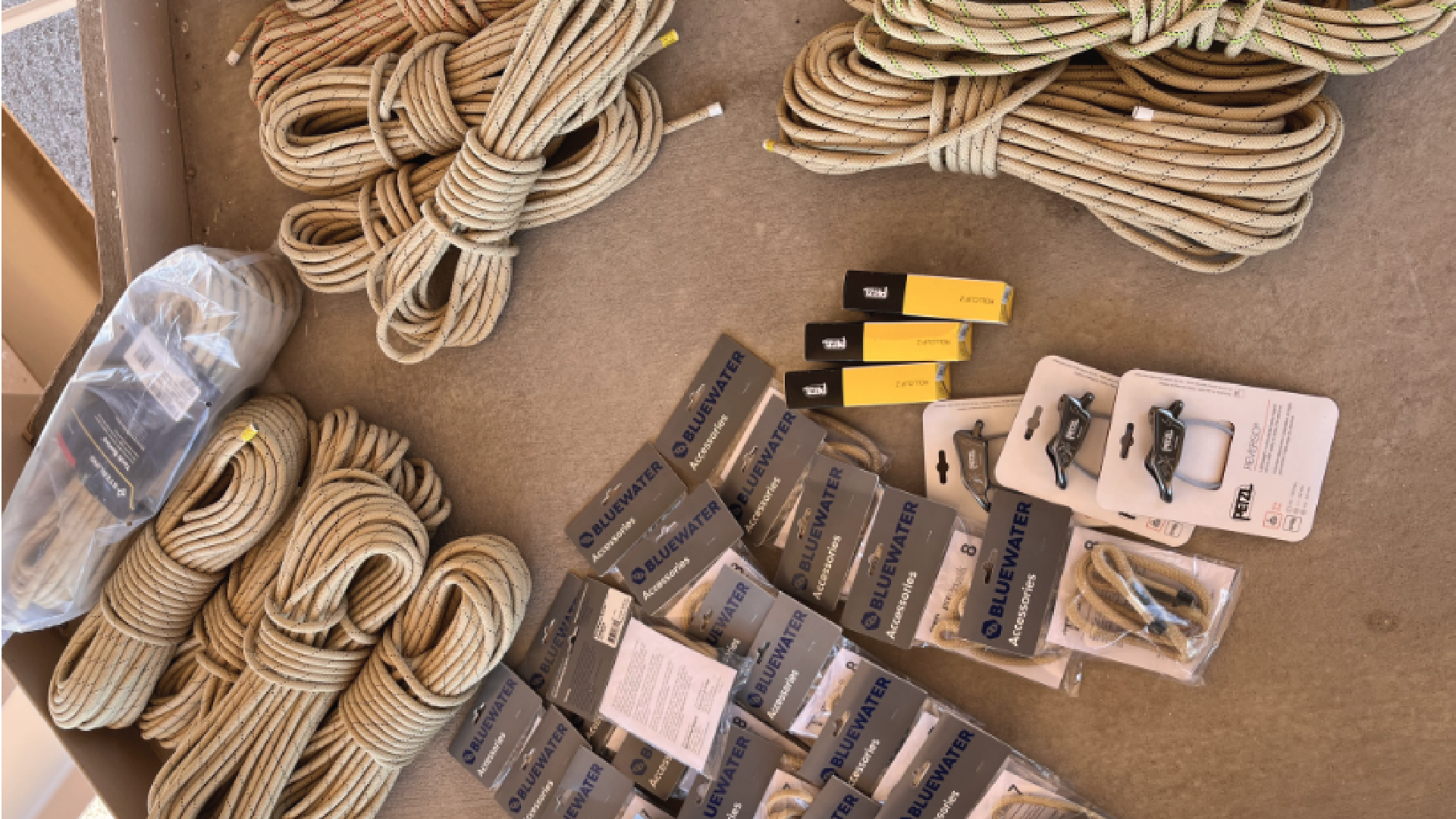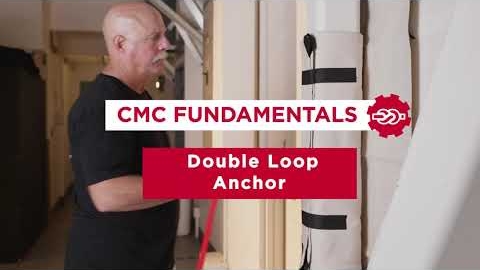A Review of CMC Rescue’s AZTEK ProSeries® System
Known by different names in different parts of the country—set-of-fours, mini MA, block and tackle, jiggers—the AZTEK kit is the most popular name to describe small double-sheave pulleys reeved with 50 feet of 8 mm cordage. AZTEK is short for Arizona Technician’s Edge Kit, a nod to the Sedona locale where the concept was formalized by Reed Thorne of Ropes That Rescue.
CMC Rescue’s NFPA G-rated AZTEK ProSeries System consists of two swiveling double-sheave pulleys, 50 feet of 8 mm cordage rigged with two 6 mm Prusiks for progress capture, a Purcell Prusik to be used as a travel restrict and a carabiner on the opposite end. Each end of the AZTEK is used for different purposes. The pulley or mechanical advantage (MA) end is used primarily for system-based applications such as guying off an Arizona Vortex behind Prusiks in lieu of a load release hitch, creating a tensioned back tie, or as an attendant line on a litter. The travel restrict (personal) end acts like a dog leash, only limiting how far you move away from the connection point (anchor).
With 50 feet of 8 mm AZTEK ProSeries Cord—CMC Rescue’s high-performance 100% nylon blend—the system can extend to 12 feet while providing a 5:1 M/A with a breaking strength of 40 kN (8,992 lbf). That’s a lot of strength for a little piece of gear! The reason for the AZTEK’s high strength—and most MA systems for that matter—is that the force is spread over the five strands of cordage supporting the load. That’s how the AZTEK System’s small 8 mm cordage can hold 40kN of force.
The AZTEK’s travel restrict side allows you to find a suitable anchor, tie off and establish your own travel restrict in a couple of different ways. If you have a smooth anchor such as a metal column, you could use a high-strength tie-off (tensionless hitch). While this anchor is quick, simple and works well, it also eats up quite a bit of cordage.
A better option might be to wrap your cordage around your anchor and attach your carabiner back to the cordage using a clove hitch. This allows for a strong, secure anchor that stays in place on the carabiner once it is tied. This anchor also has additional benefits over the high-strength tie-off: much less cordage usage, almost as easy to tie and no requirement for the anchor to provide any friction to help it work.
Another variation is to wrap your anchor similarly to the clove hitch option but use a Munter hitch instead. This allows the carabiner to slide back toward the anchor after tying and regain some of the cordage lost in the tying process. While this method allows you to keep more of your cordage for use elsewhere, it does have two downsides: the Munter hitch can be more difficult to tie than the clove hitch and, more significantly, if the travel restrict line goes slack and moves around while unloaded, it is possible for the Munter hitch to loosen up and fall onto the carabiner gate. While the hitch won’t come undone, the carabiner would be gate loaded if tension were applied to the travel restrict line. However, with proper line management this can be prevented.
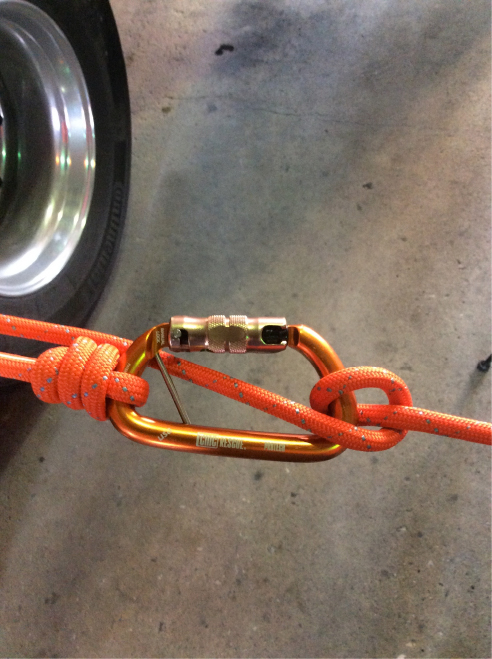
The rescuer is attached to the travel restrict end of the AZTEK with the blue 6 mm Purcell Prusik. While it is a travel restrict and not a true piece of fall protection in the regulatory sense, the 3-over-2 Purcell offers some source of shock absorption in the event of a fall.
Why does the AZTEK come with only one pin? Because that’s all you need. Two pinswork for hauling, but most people tend to pin both Prusiks simultaneously and then need to mind both to reset the system. Having one pin eliminates this problem.
So which Prusik do you pin? Whichever one is easiest for you to operate and reach—usually the one closest to you or the non-moving pulley if you are using it in some type of system. Yes, it can really be this simple!
When used with the orange pulley attached to the load, the system has a 5:1 MA. When the blue pulley is attached to the load, the system has a 4:1 MA. In an informal, nonscientific test, one rescuer’s smooth, steady hand-over-hand pull on the haul line (without heaving) on a concrete surface can generate the following forces as measured with a CMC Rescue Enforcer Load Cell:
4:1 – 450 lb/ft
5:1 – 600 lb/ft
5:1 – 850 lb/ft (walk back)
Stay tuned for the second of three articles on the AZTEK system where I’ll discuss several uses for the AZTEK, including as an attendant line on a litter bridle, as well as passing a knot in a system with the AZTEK.
Kelly M. Byrne
CMC Rescue School Instructor,
and owner of Rescue2Training.com

